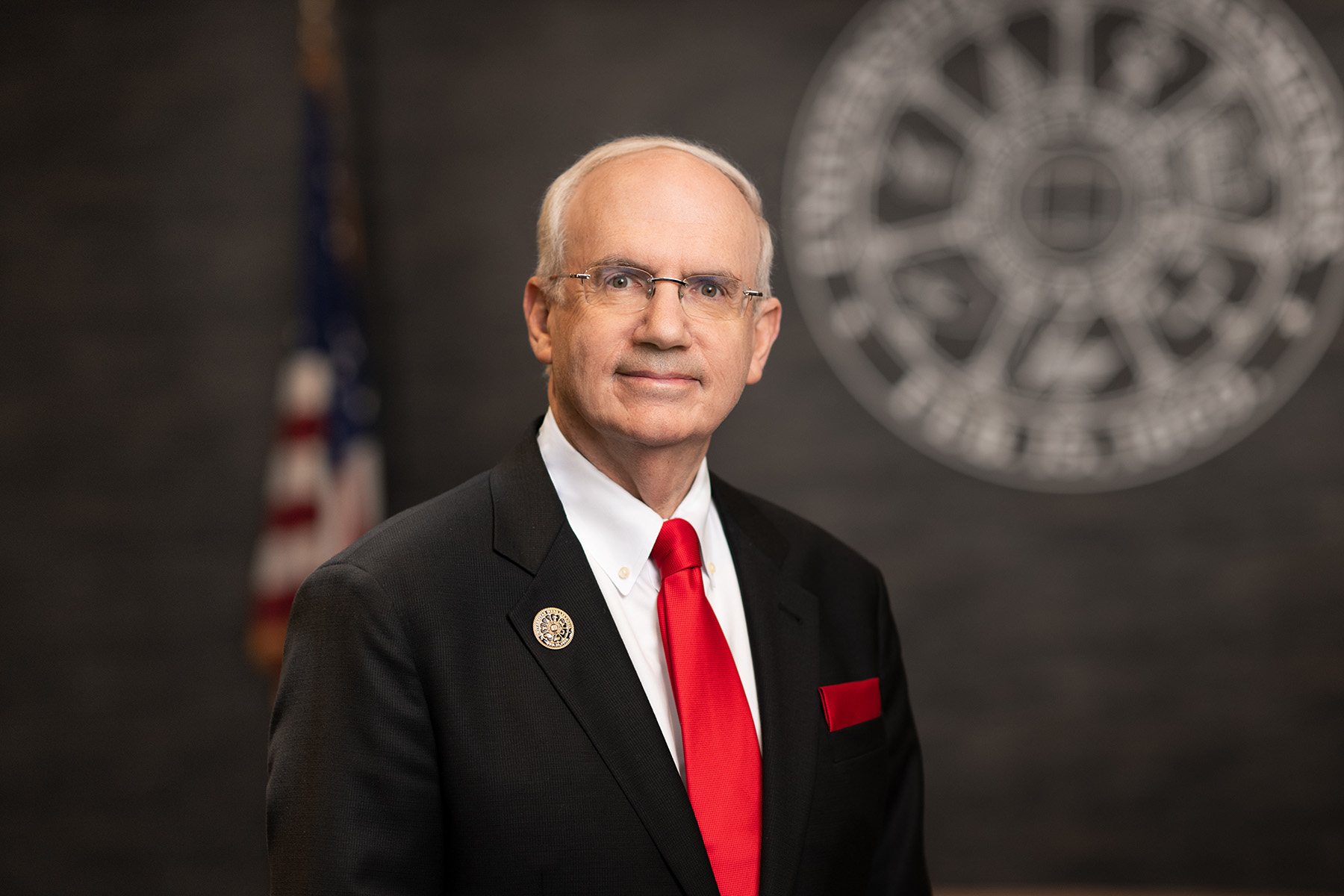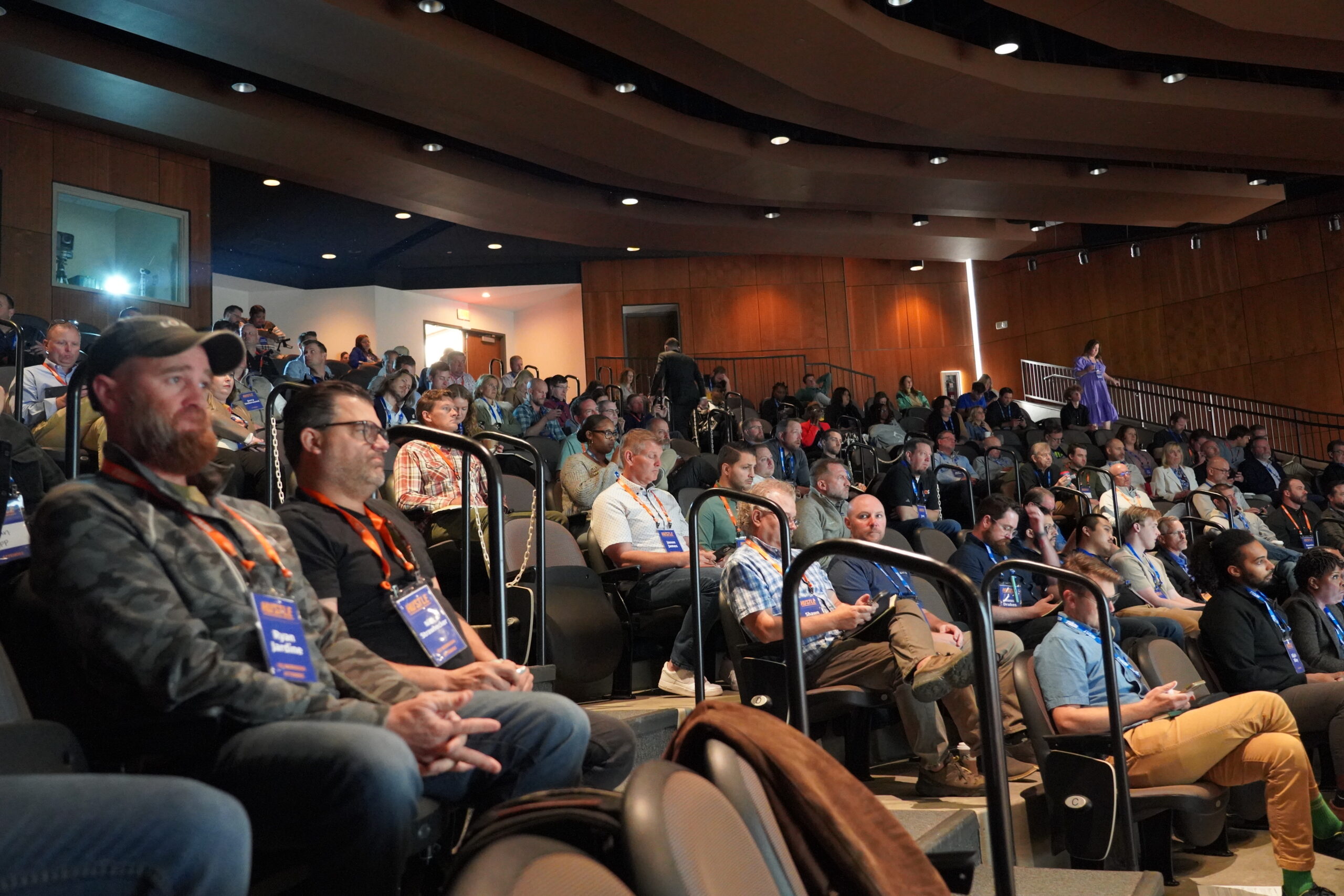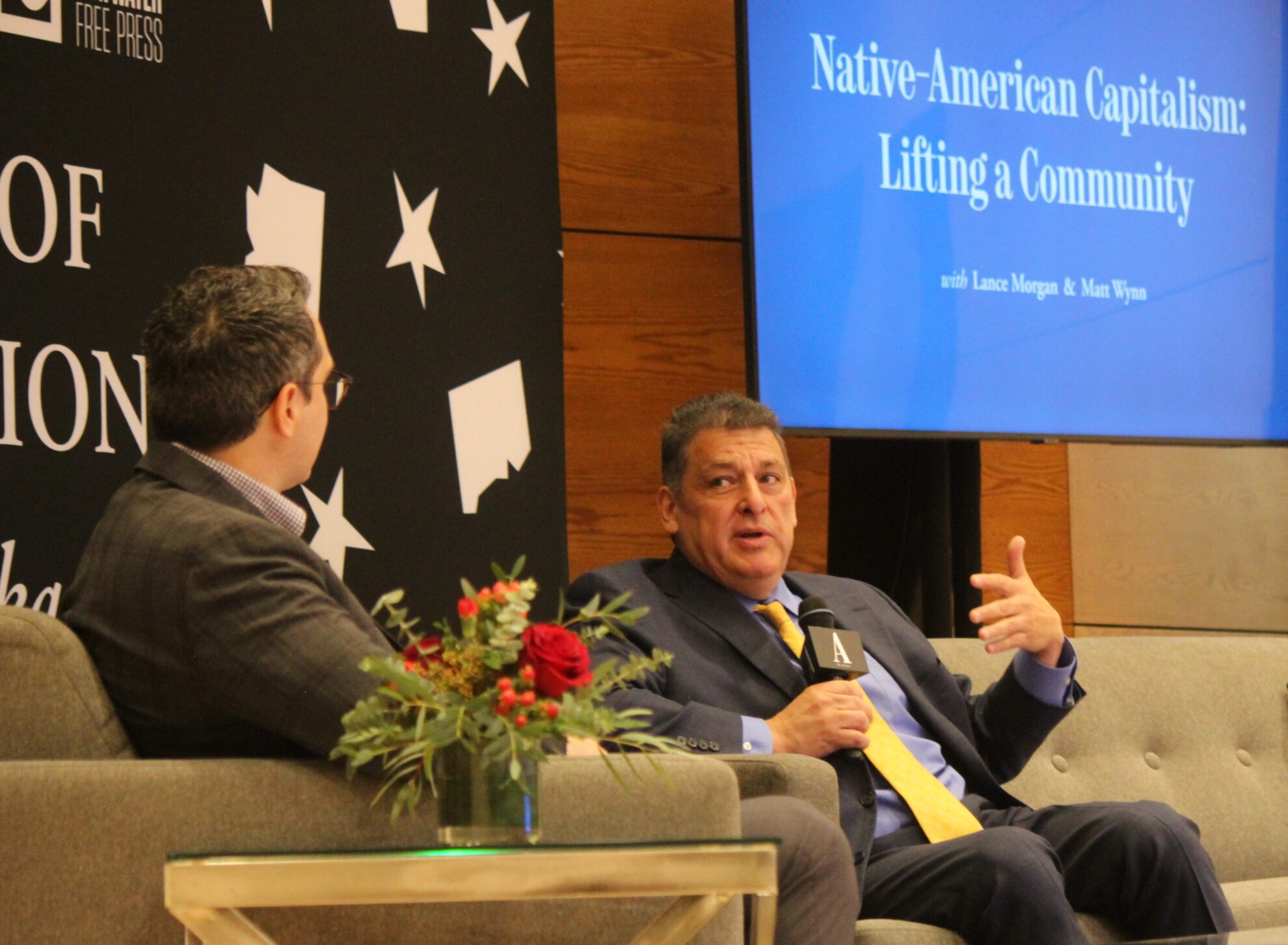It’s been months since the Trump administration began pursuing drastic cuts to federal research funding, forcing universities, including the University of Nebraska system, into a mad scramble to adjust. Since then, many of the cuts have either been tied up by legal challenges or, for the moment, rejected by Congress.
But the damage is done: NU has lost roughly $51.4 million in canceled federal research grants so far this year, with another $2 million paused. President Donald Trump’s tariffs have also cost the university system nearly $13 million for buying specialty research equipment.
By the end of 2025, between lost research funding and other federal contracts, NU is projecting a total loss of $200 million, according to an exclusive interview with Dr. Jeffrey Gold, president of the NU system. Gold spoke with Silicon Prairie News about how NU is managing amid the uncertain state of federal funding.
“From the perspective of the nearly immediate changes that occurred during the first part of this calendar year, things are stabilized, at least to some extent,” Gold said. “The biggest questions are going to be about what happens with the federal budget going forward.”
Trump’s proposed 2026 federal budget cuts the National Institutes of Health by roughly $18 billion, and the National Science Foundation by about $5 billion. Both agencies are key providers of university research grants. Congressional committees, meanwhile, have advanced spending bills that would largely keep or even slightly increase funding for the NIH and NSF.
“If the budget passes in September and these agencies are plussed up, and some of the backlog in awards and funding is caught up, (NU’s $200 million projected loss) will be, hopefully, significantly less,” Gold said. “If the budget doesn’t pass, or if the backlogs are not caught up … then that number could be a lot larger.”
A sustained drop in research funding will likely mean fewer discoveries, less innovation and fewer startups spinning out from the NU system and benefitting Nebraska. Talented researchers and potential business founders might also look elsewhere for opportunity.
With or without federal budget, universities still hurt
Even if the NIH and NSF maintain their funding, that doesn’t mean NU comes out unscathed. The Trump administration has cut staffing and changed grant requirements, making it harder for universities to get grants.
Federal agencies can also make other changes that leave universities struggling. Earlier this year, there was a proposal to cut the federal reimbursement rate for facilities and administrative costs, which keep research labs functioning.
For the NU system, that rate has typically been around 50%. “That buys the light bulbs and floor wax, pays for security, pays for all of the regulatory and compliance activities, cuts the grass, shovels the snow, etc, for the research labs,” Gold said.
The new federal reimbursement rate was set to be just 15% — which would have left the NU system on the hook for nearly $27 million in costs, leaders said in February. That proposal, while on pause due to legal action, could still be revived.
“The question will be, whether or not the model that has historically been in place (for research) is sustained, and if it’s not, how are we then going to be able to maintain the research environment,” Gold said.
In response to the funding uncertainty and a system budget deficit of roughly $20 million, NU is in cost-cutting mode. But adjusting to the loss of federal support is far from easy.
“It’s a very complex problem, because it’s not like you have a research scientist who has a single grant that gets cut, and you say to that person, ‘I’m really sorry, but your research is no longer being funded, and regrettably, we can no longer employ you,’” Gold said.
“That person may have two grants or three grants, of which one is cut, one is paused, and the other is funded,” he said. “We still have an obligation to pay that person, to pay that person’s staff and maintain their research facilities, not to mention the fact that all of these people have, typically multiyear contracts with us.”
Business partnerships are a semi-solution
One potential way to replace federal funding is something the NU system has been working on for years: Building corporate partnerships for research. For medical research, including clinical trials for new drugs, having corporate support is already commonplace, Gold said.
NU has several industry relations staff and initiatives, and while Gold hasn’t seen a surge of corporate funding interest in light of federal cuts, it’s an area of increased focus.
“We just have to work harder,” he said. “I spend every day trying to raise philanthropic dollars, build corporate partnerships, invite corporations to campus to meet our (researchers, and) trying to bring new startups here to Nebraska to create economic prosperity.”
Bringing in funding from the business world is also about pivoting some efforts. For example, if a research project that is funded by the NIH has caught corporate interest, that might make sense to support with a business partnership instead.
While corporate support is important, nothing quite replaces federal support. For decades, federal funding has served a key role by subsidizing early stage research that often is years (if not decades) away from being a viable product.
That’s a hard sell for the corporate world. But it may be essential in today’s funding environment. Without the sowing of basic research, there’ll be less to reap for business.
“Most corporate research dollars are not for proof of concept, meaning early stage research — they’re for later stage research that is really about preparation for market,” Gold said. But “to the extent that we can shift dollars around appropriately to use some of the corporate-funded clinical research dollars to support basic science, and convince large and small corporations to support that, we are going to do everything we can.”
Lev Gringauz is a Report for America corps member who writes about corporate innovation and workforce development for Silicon Prairie News.





Leave a Reply